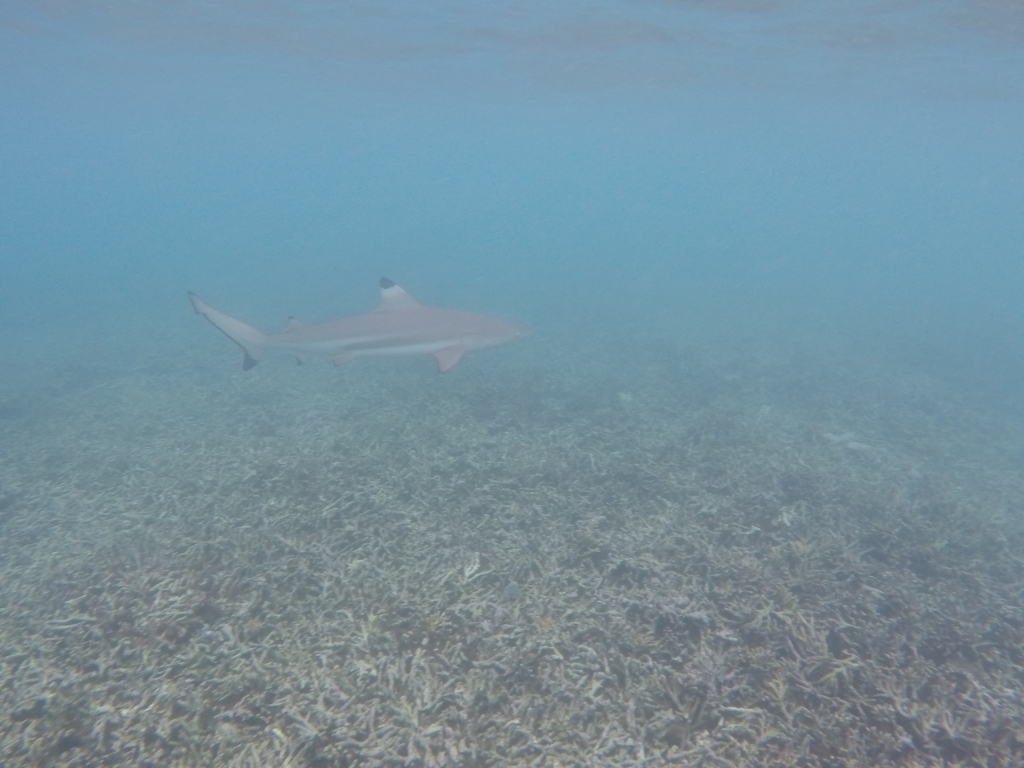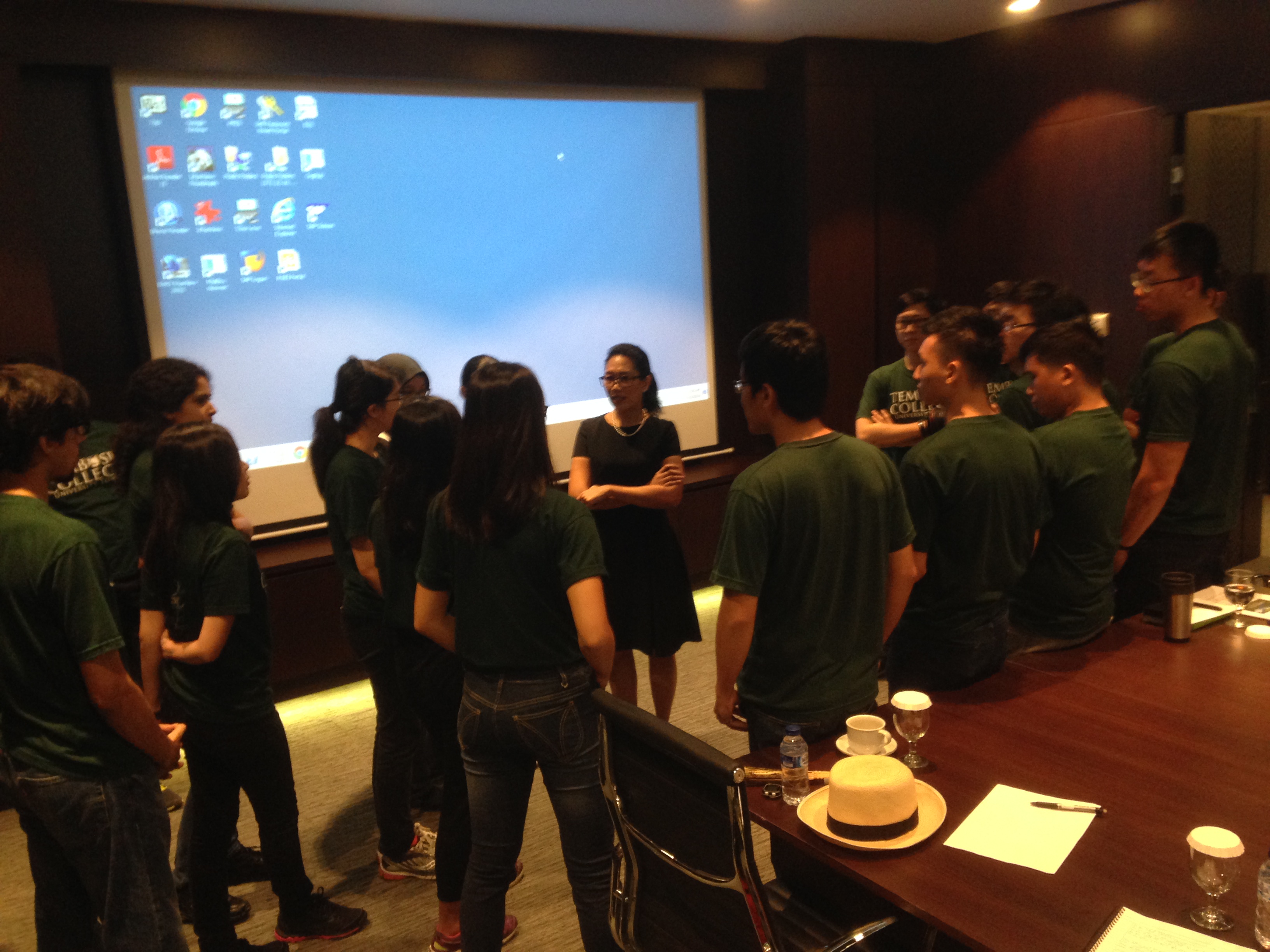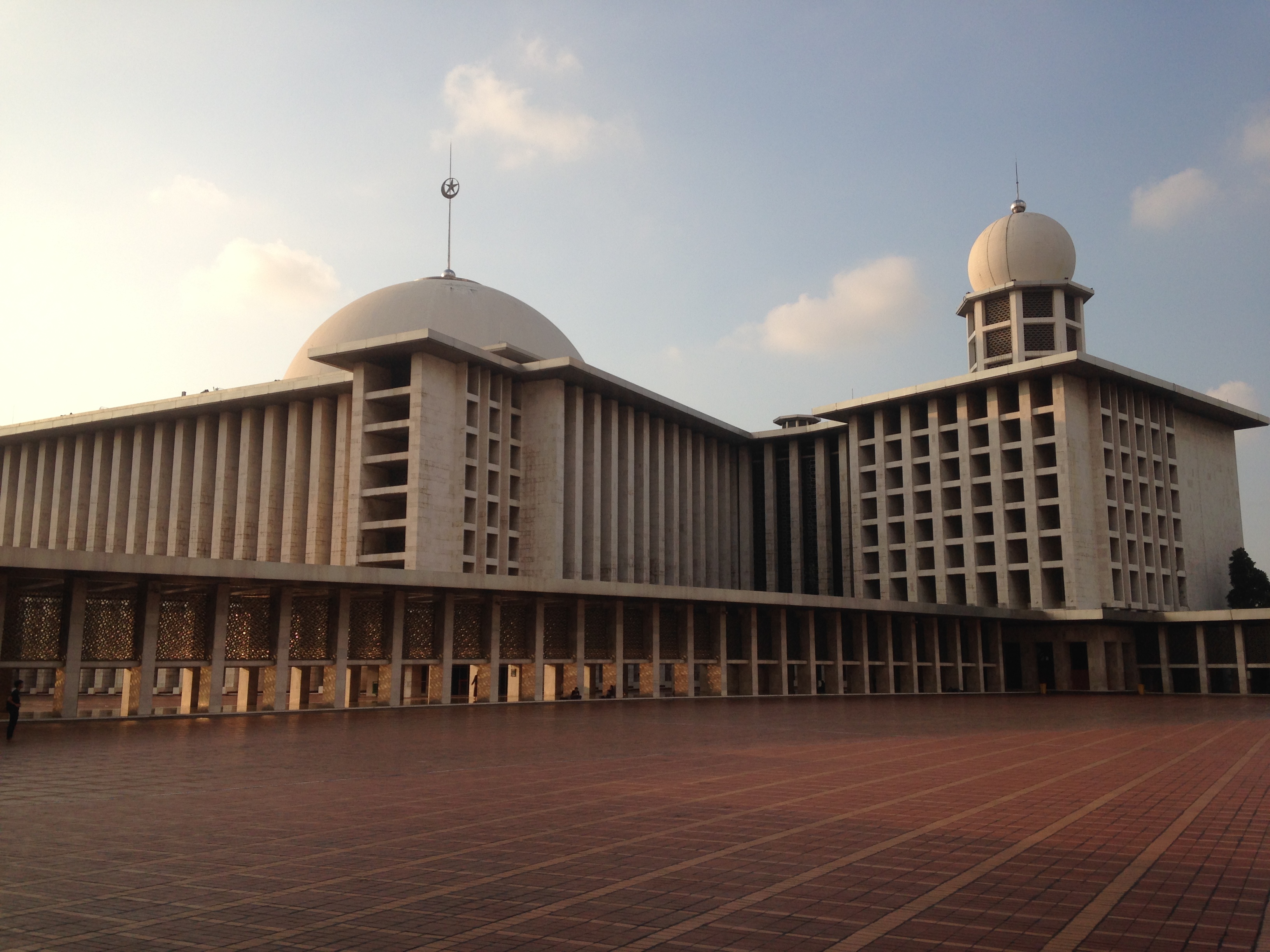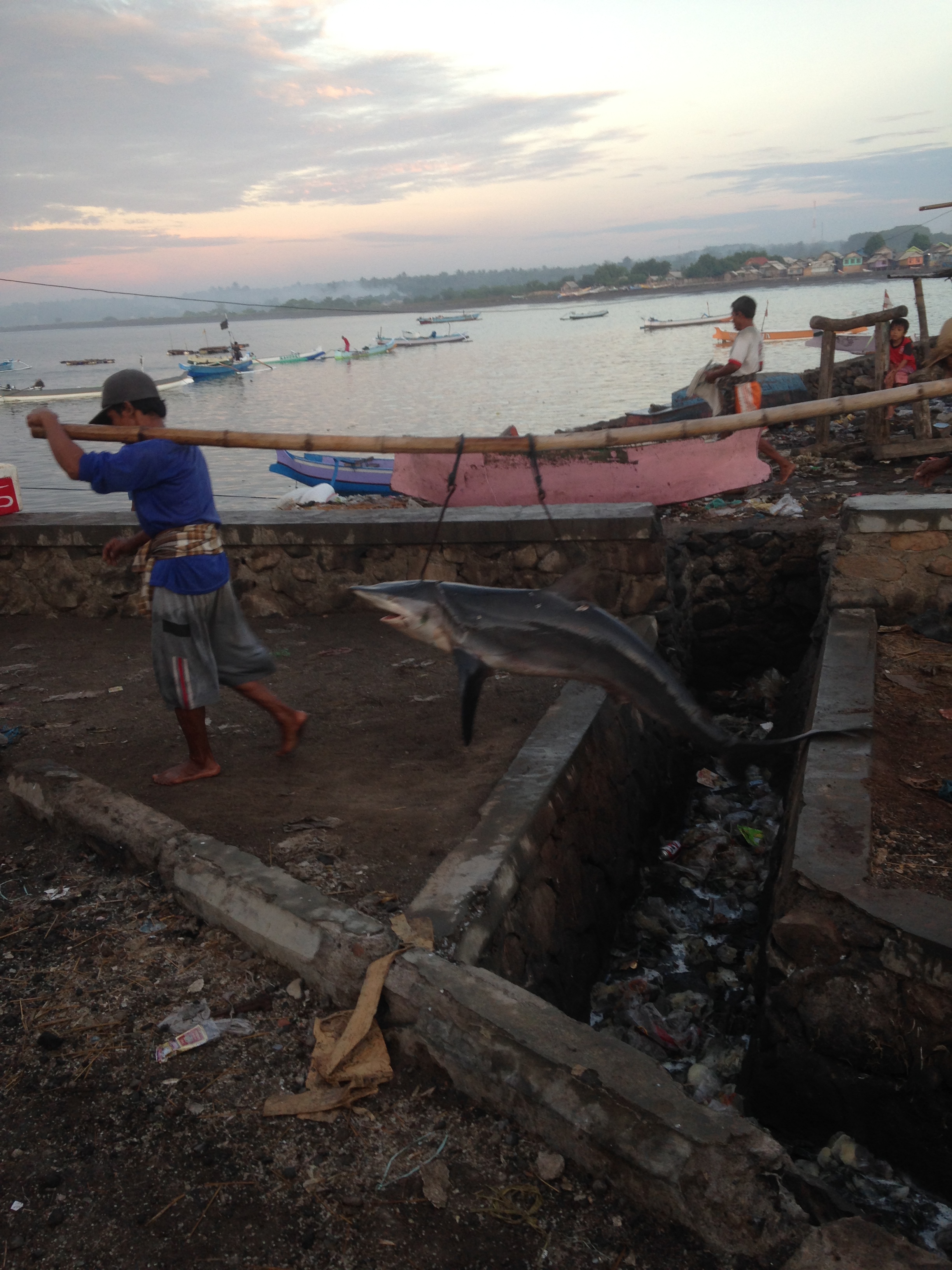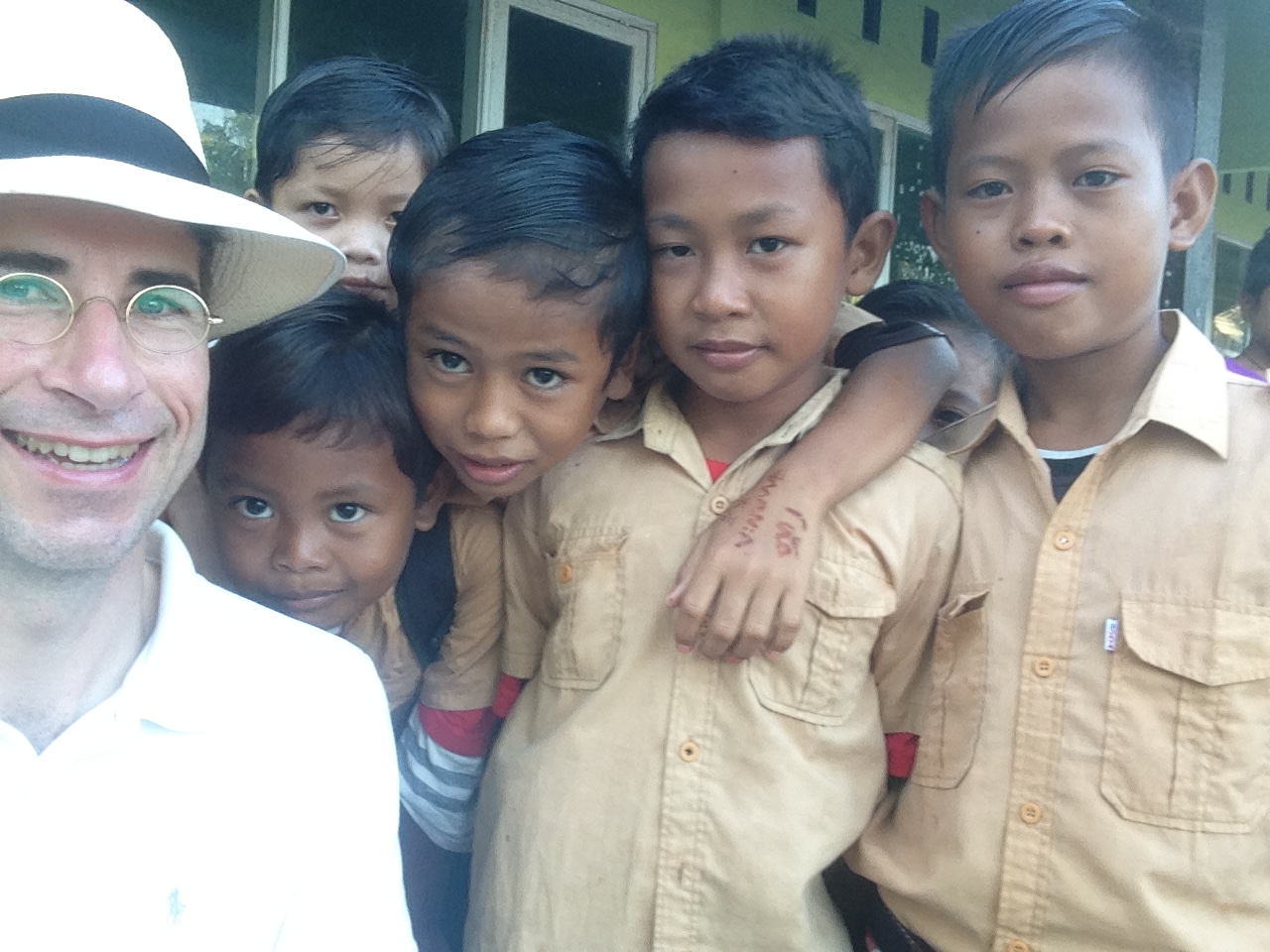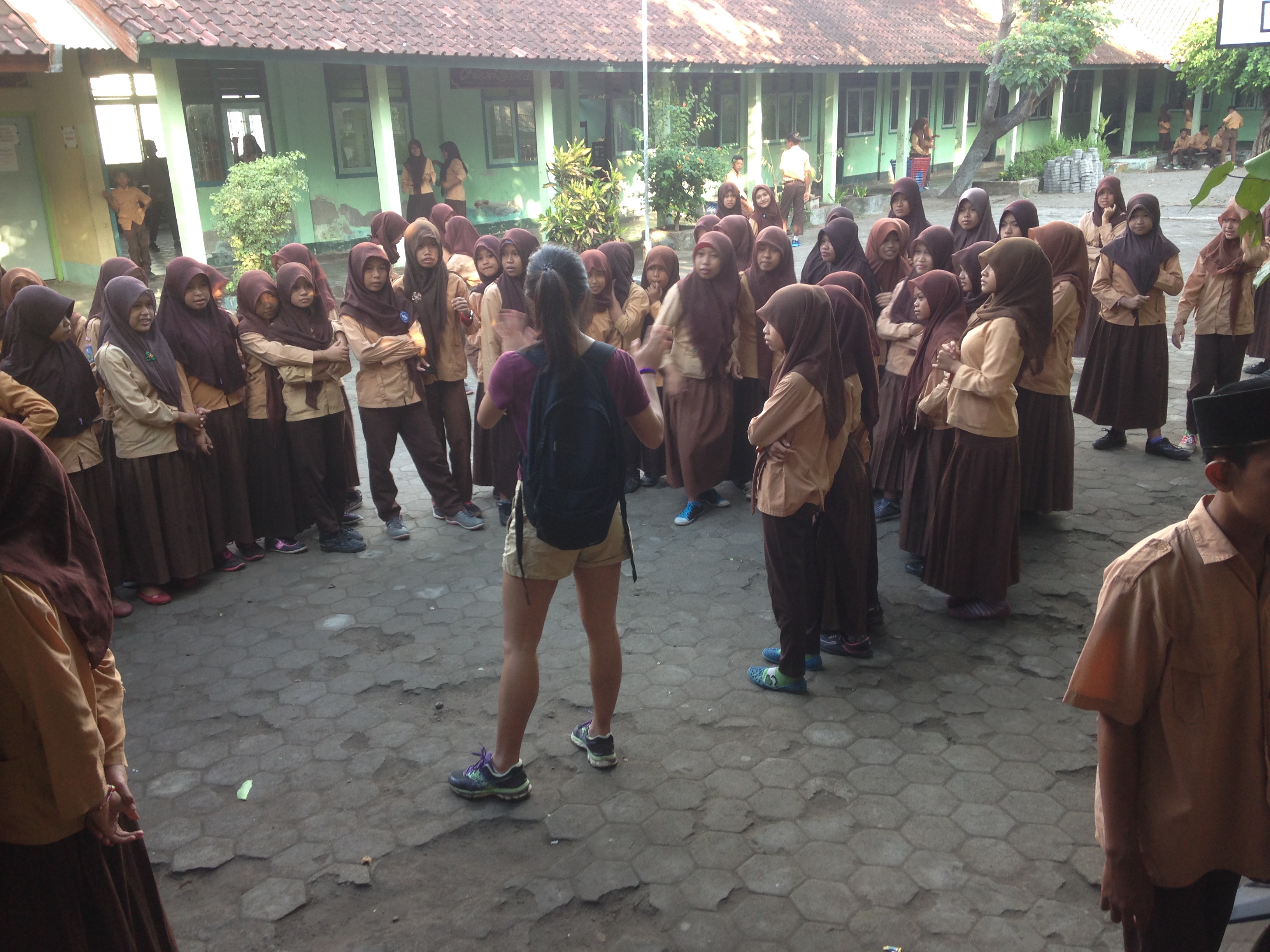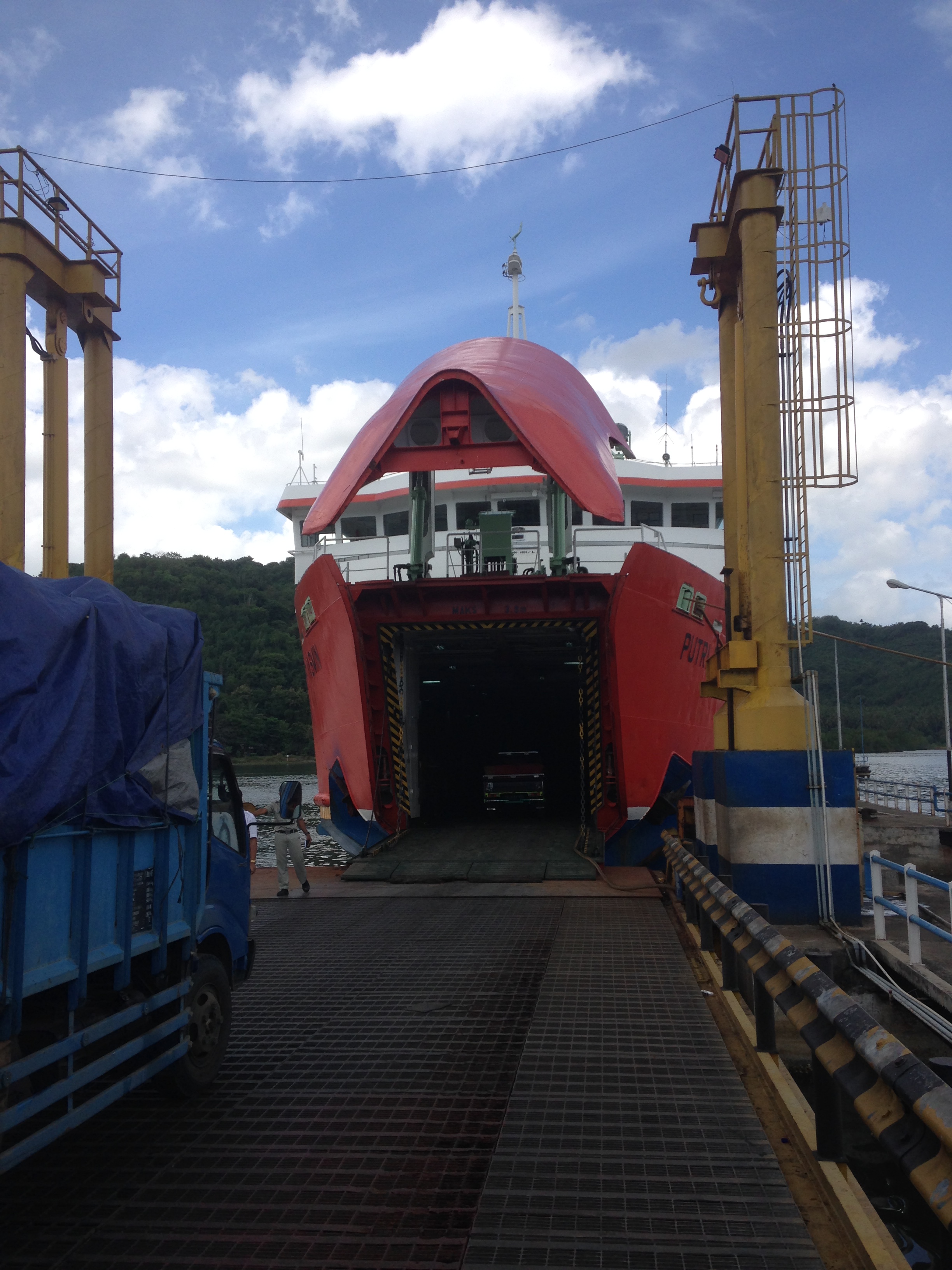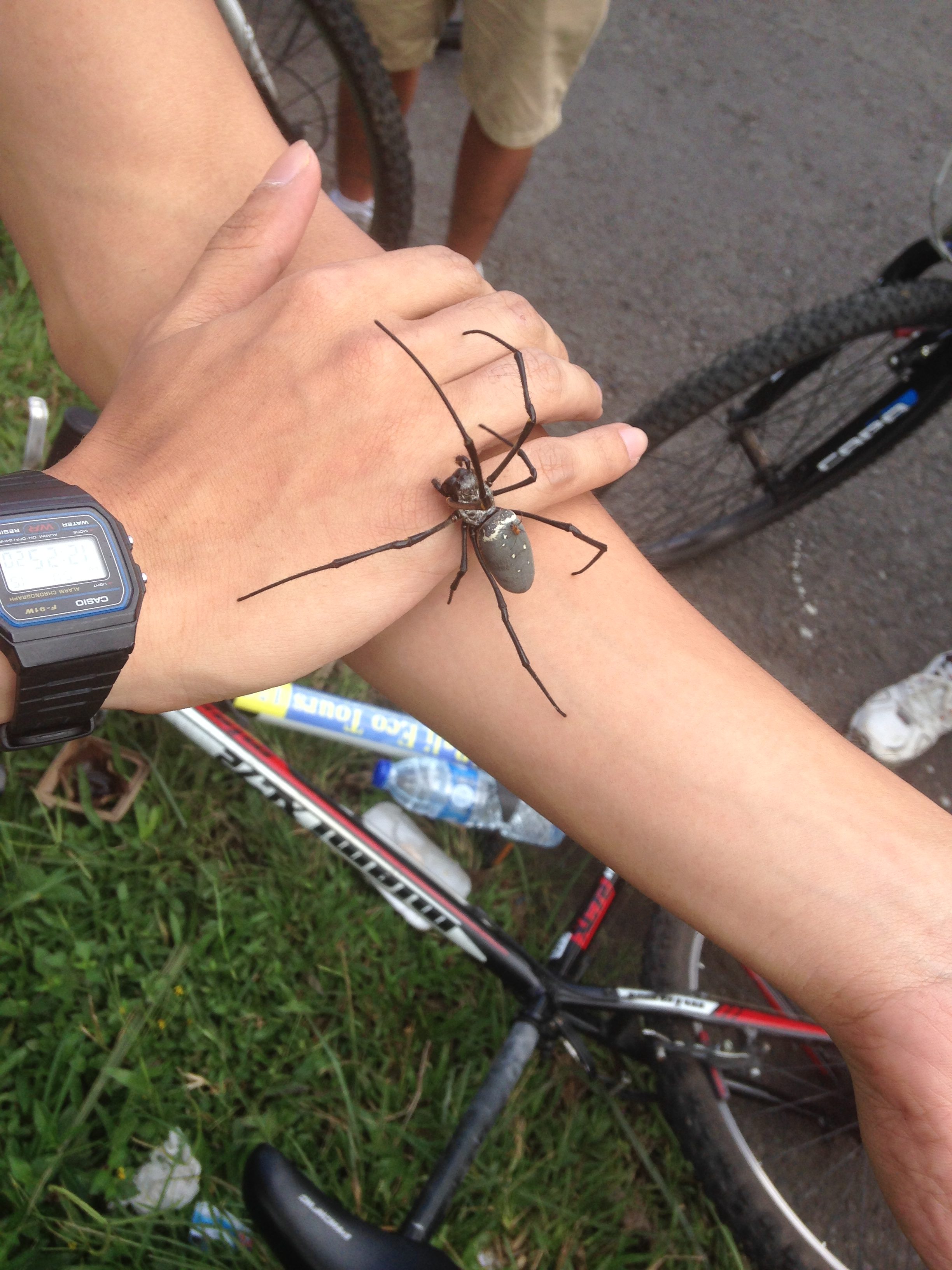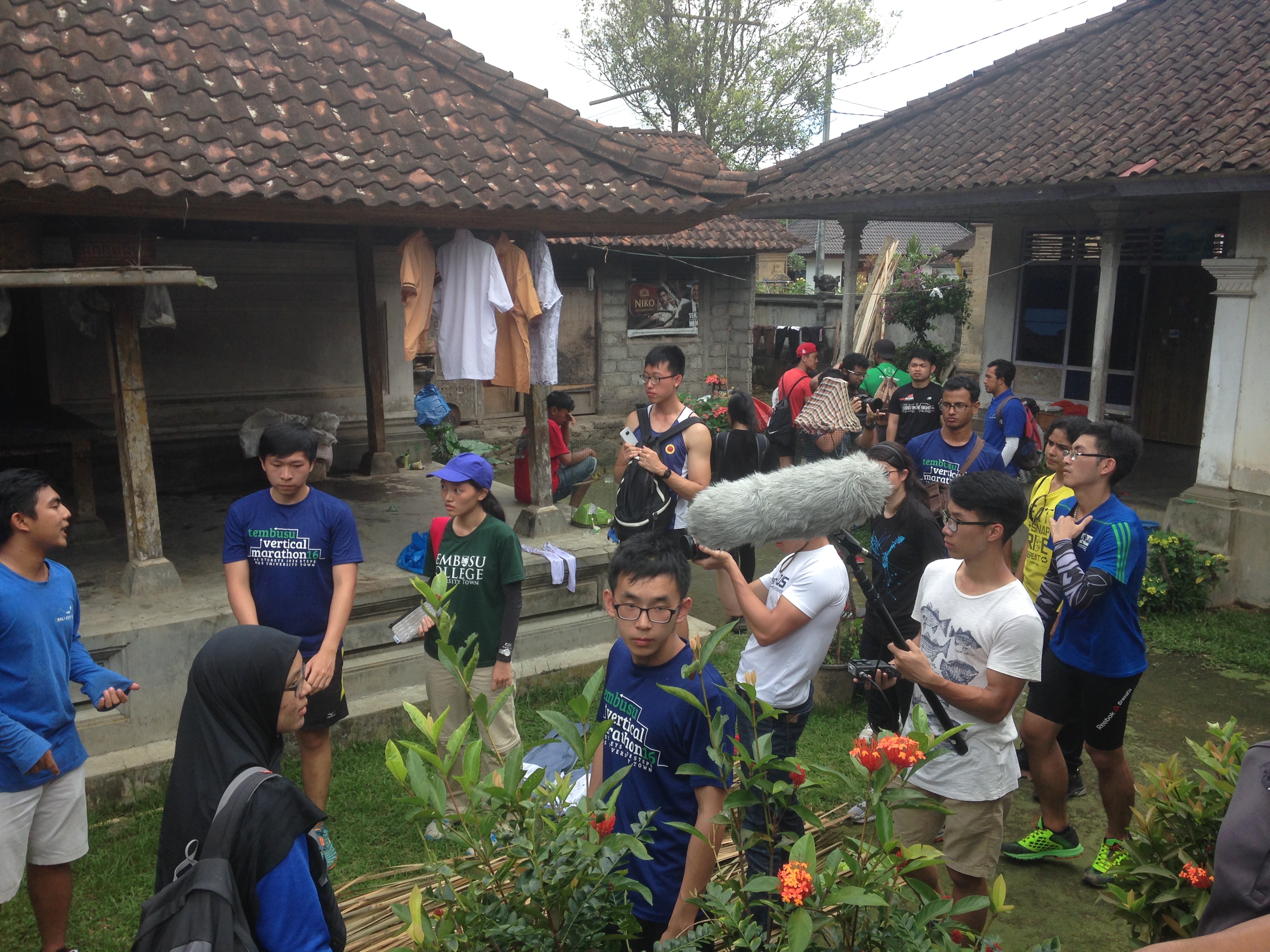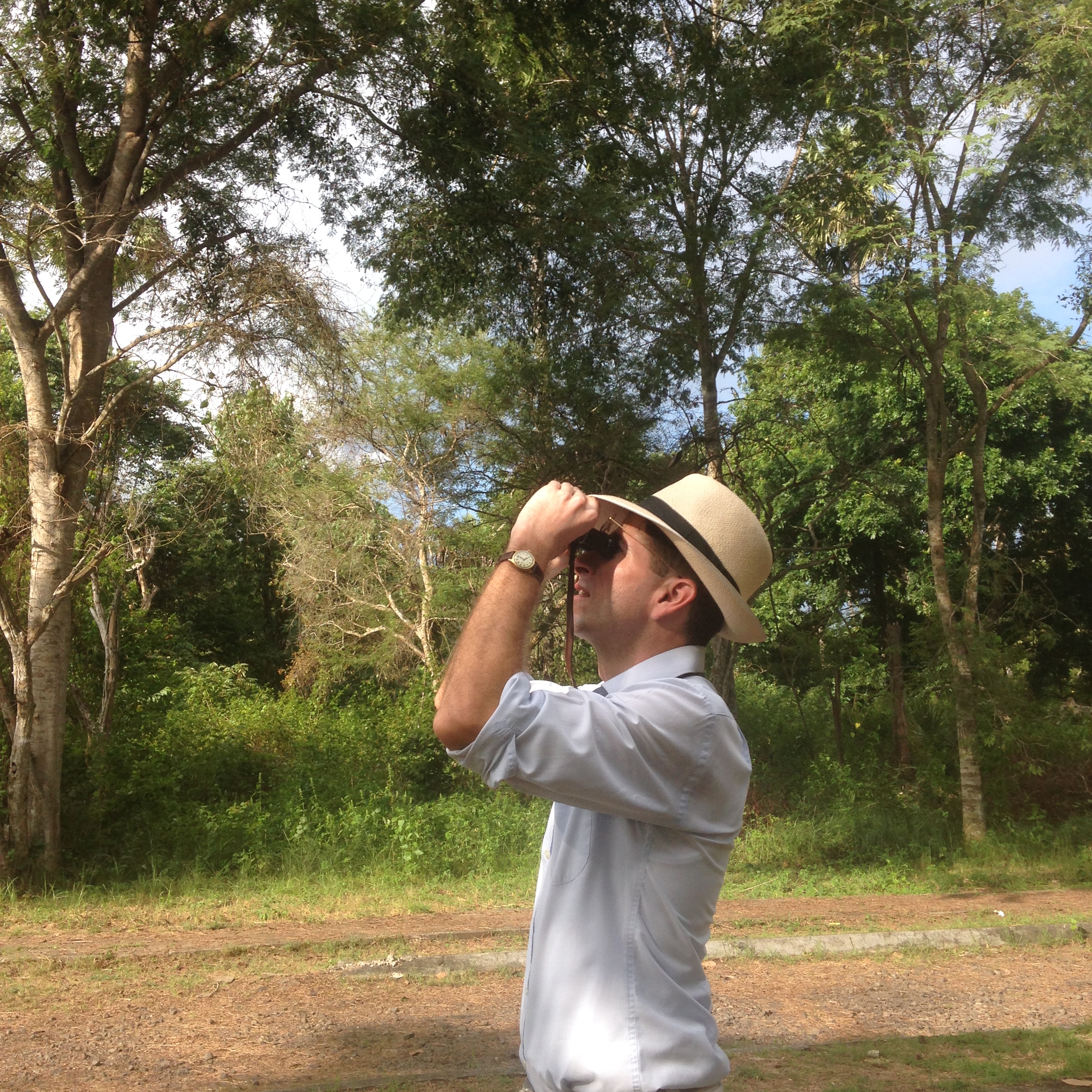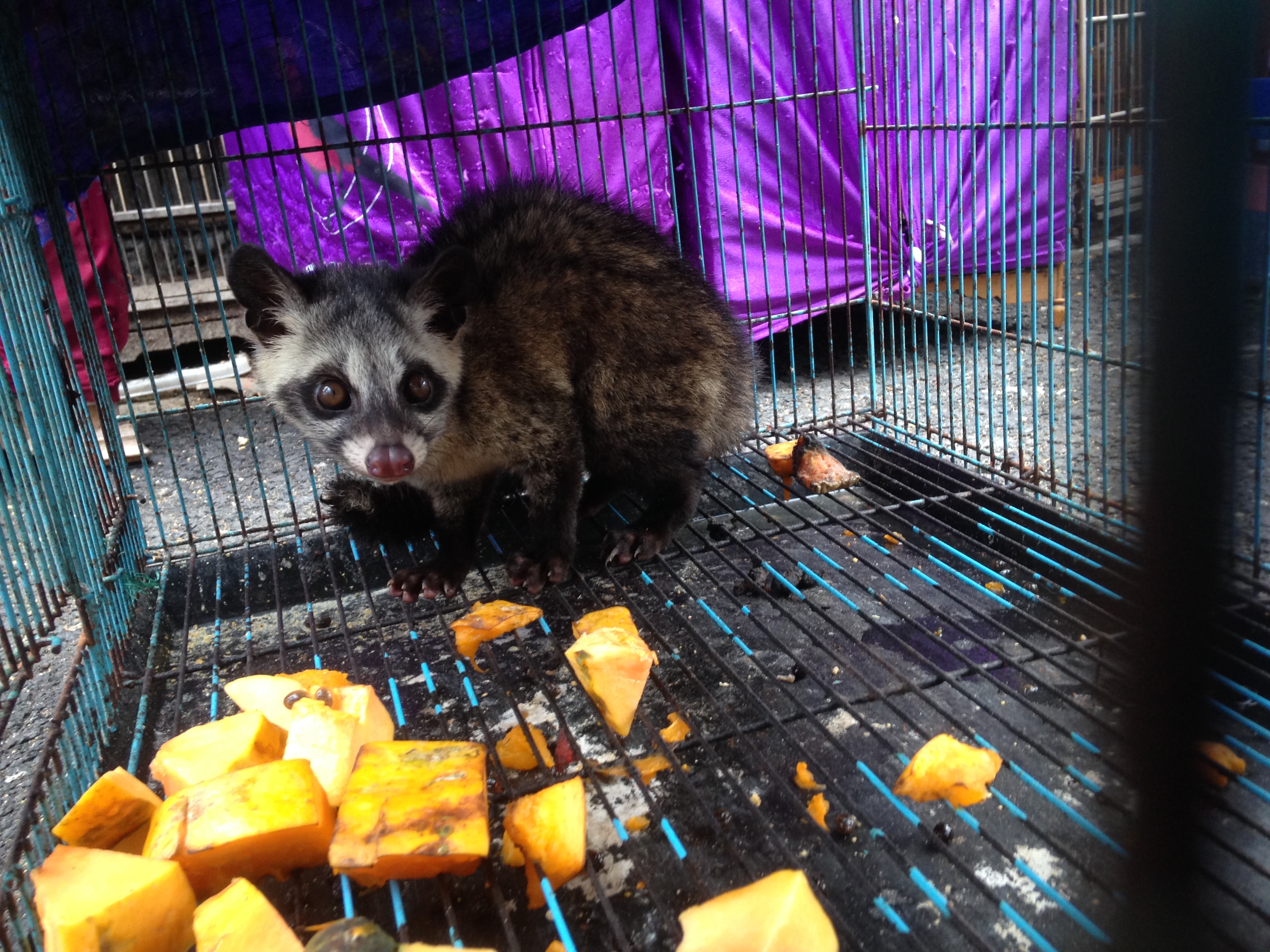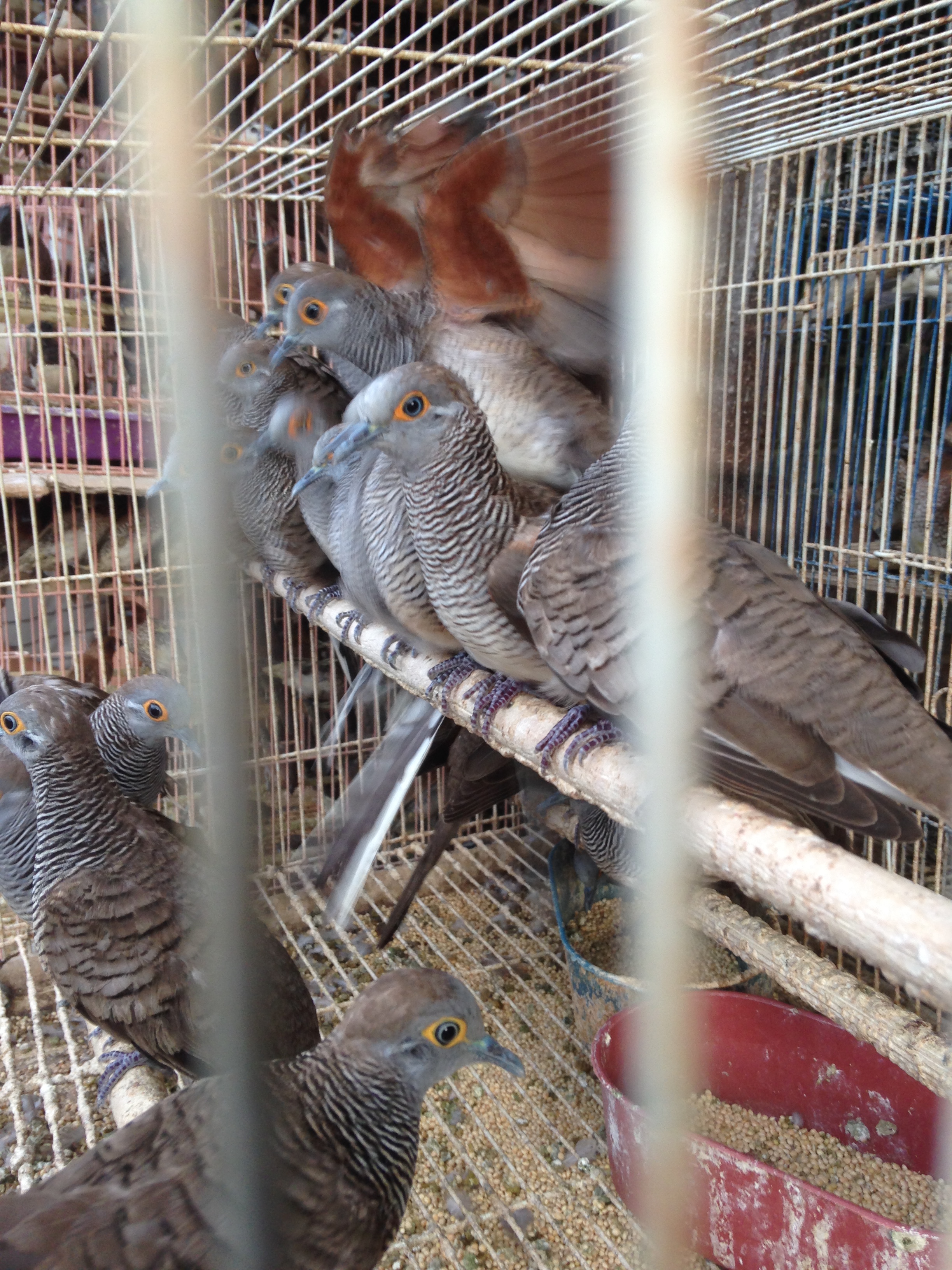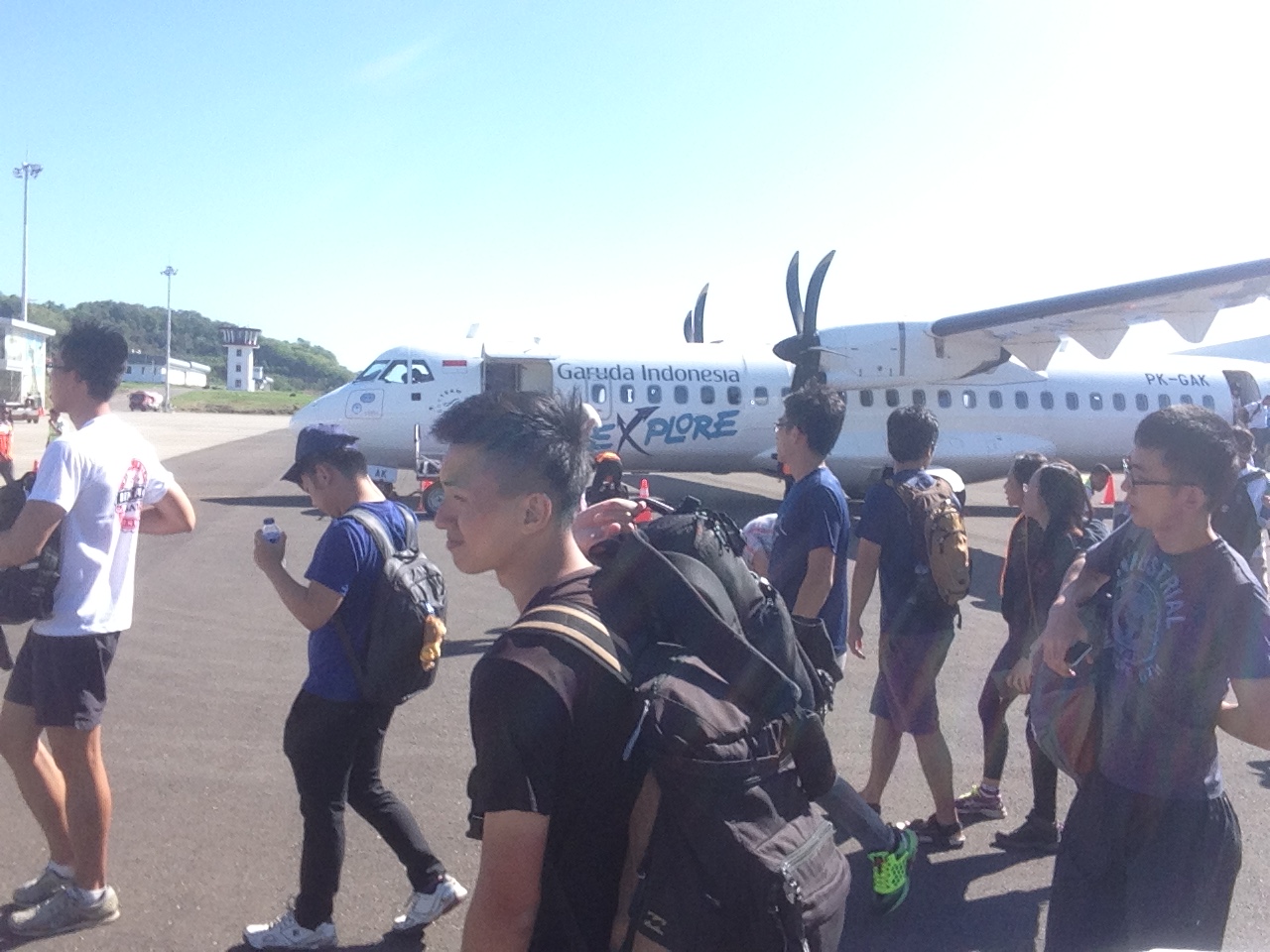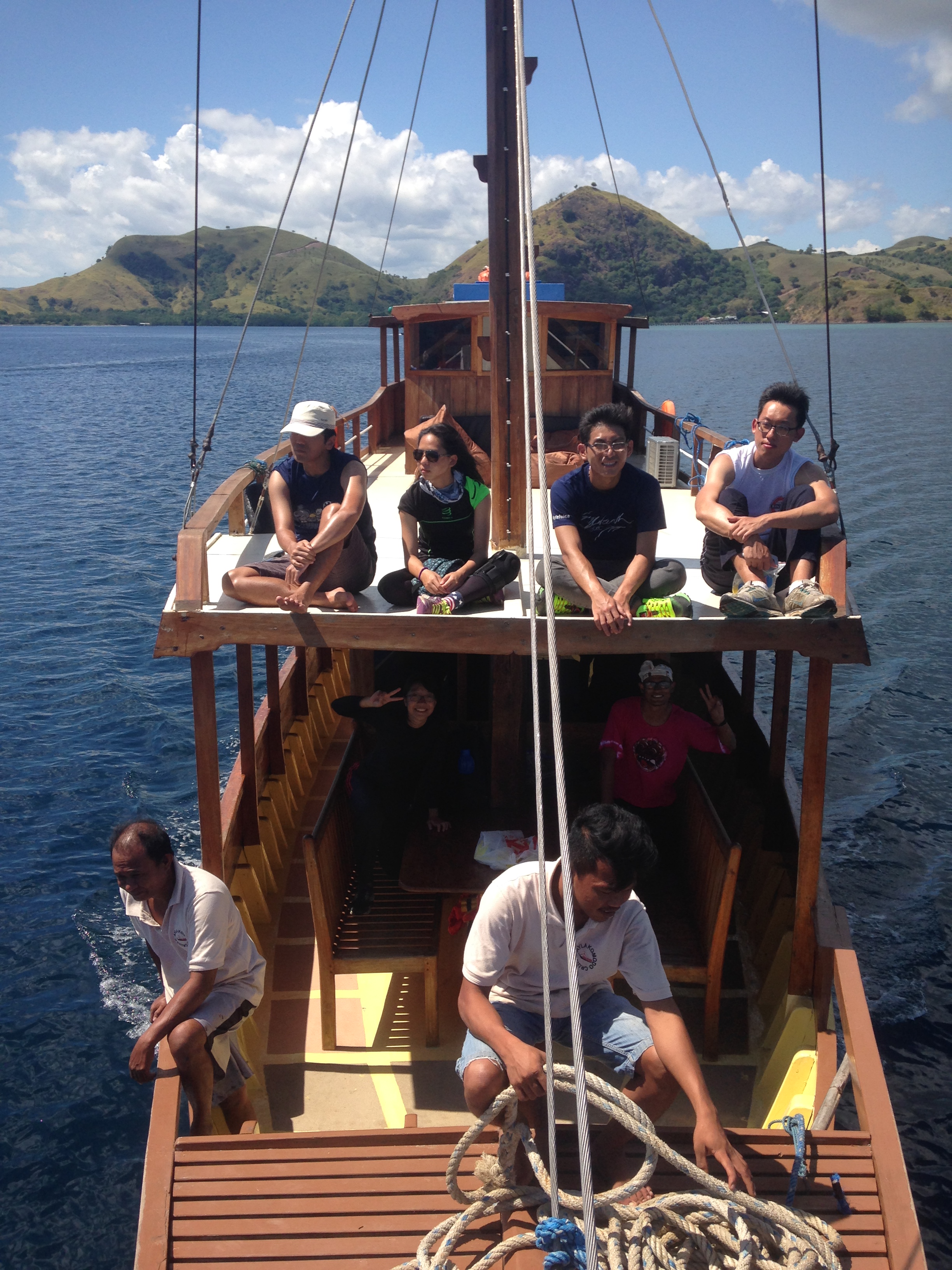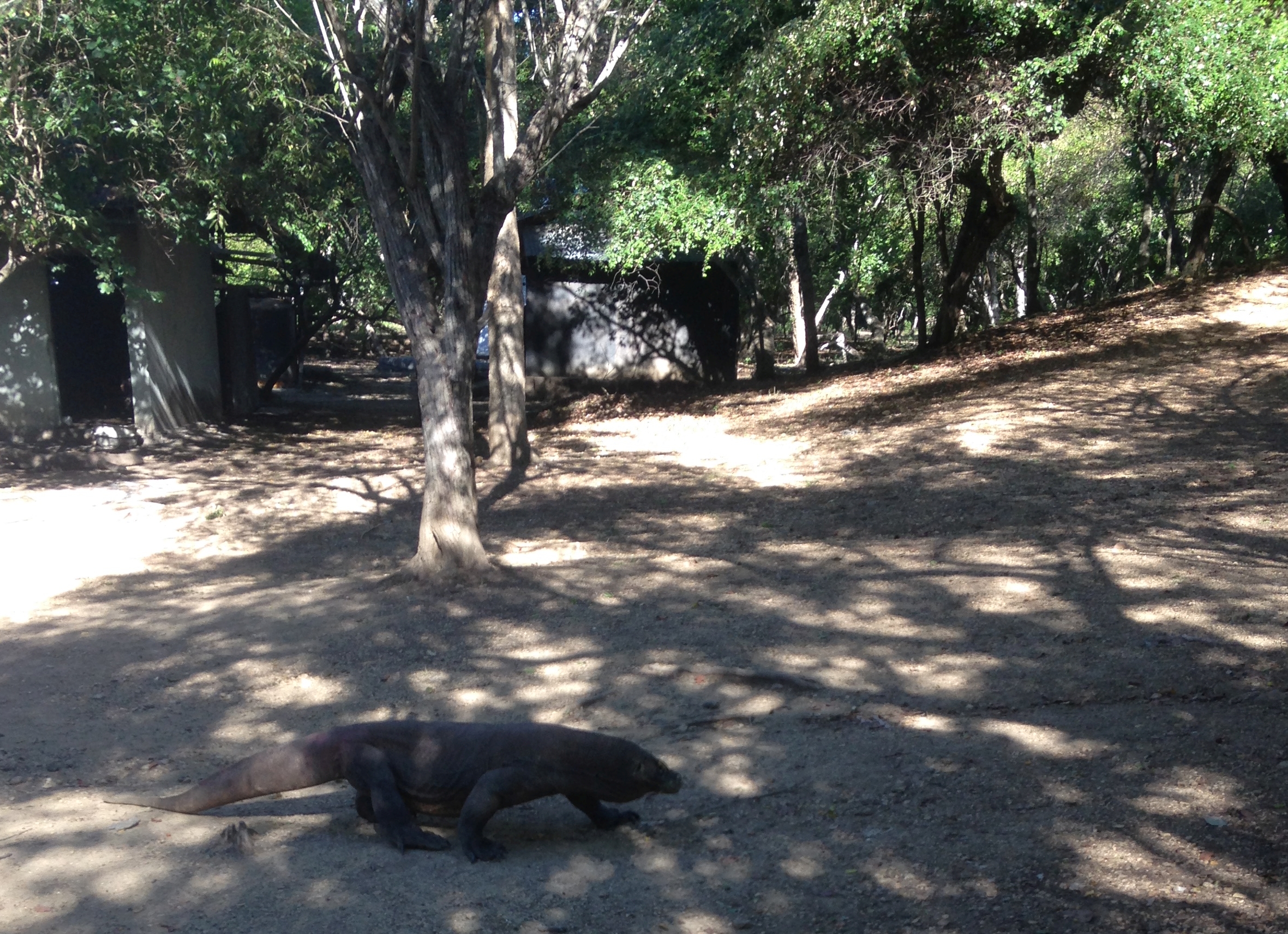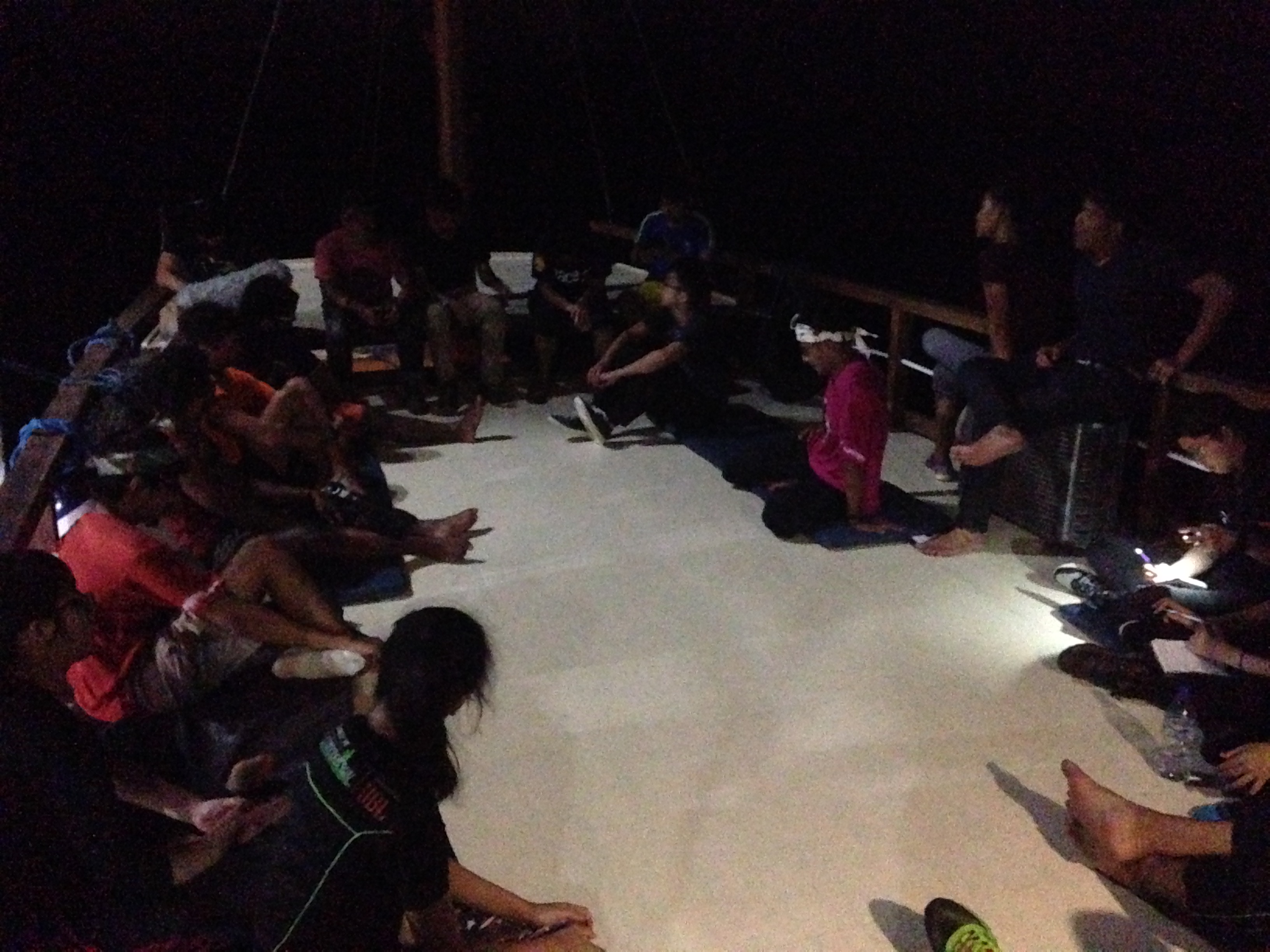Tembusu College/STEER Komodo Expedition
From 9-20 May a group of 24 talented Tembusu College students, led by historian Dr John van Wyhe, conducted an extraordinary expedition through Indonesia to study the state of nature conservation and the famous Komodo dragon.
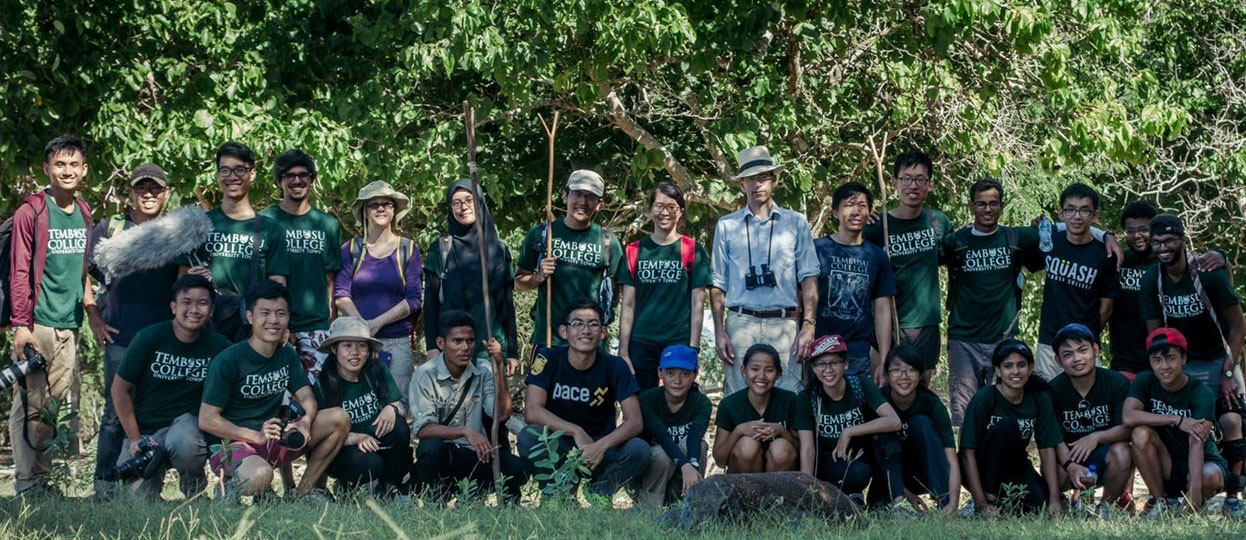
The team started in Jakarta where they met with representatives of a major paper manufacturer, the University of Indonesia and the Ministry of Forestry. On the island of Lombok they examined the remote fish market of Tanjung Luar and witnessed first hand the shocking state of shark overfishing, especially for their fins, and explored the deteriorated coral reefs. In Bali too they found the plunder of wildlife was almost total. In addition to nearly every home and restaurant having several caged wild songbirds, Bali Barat national park had very little wildlife. The only place it was abundant was the public bird market in Denpasar where tens of thousands of birds and other animals were crammed into cages for sale.
Sailing from the island of Flores, the team swam with sharks and sea snakes, endured fish bites, the stings of jelly fish and marvelled at the sight of a vast flock of prehistoric-looking giant fruit bats silently flying across the red-stained sky of sunset. The voyage culminated on the island of Komodo, home to the dragons. The group had many very close encounters with these ancient lumbering titans, by far the largest lizard in the world. NUS Professor Timothy Barnard joined the group to share his expertise on the social history of the dragons.
The Komodo dragon is a rare example in the region of a striking animal that is not threatened or endangered. The dragons actually outnumber the c. 2,000 human inhabitants. The dragons might be prospering because of the success of conservation efforts. In addition to being the centre of a National park, since 1986 it has been a UNESCO World Heritage Site. Less optimistically, the dragons may be prospering because these dry, desolate islands are no temptation for human exploitation and remain almost completely untouched.
During this journey, the team stayed off the tourist-beaten track and instead endured the vagaries of local transport, trekked and cycled through the country lanes and rice fields. This allowed them to meet and interact with many local people going about their lives in the midst of the remaining wildlife. These people ranged from Sassak school children to poor families along the roadside in Lombok, to peasant bamboo farmers and plantation labourers in Bali.
Throughout the expedition, a student crew of five filmed and recorded events and the experiences of the team to produce a documentary. This fruitful and informative expedition was initiated and organized by the students themselves. Their leader was first year business student Kah Jing Ong. This was surely one of the most extraordinary expeditions ever conducted by students of this university.


